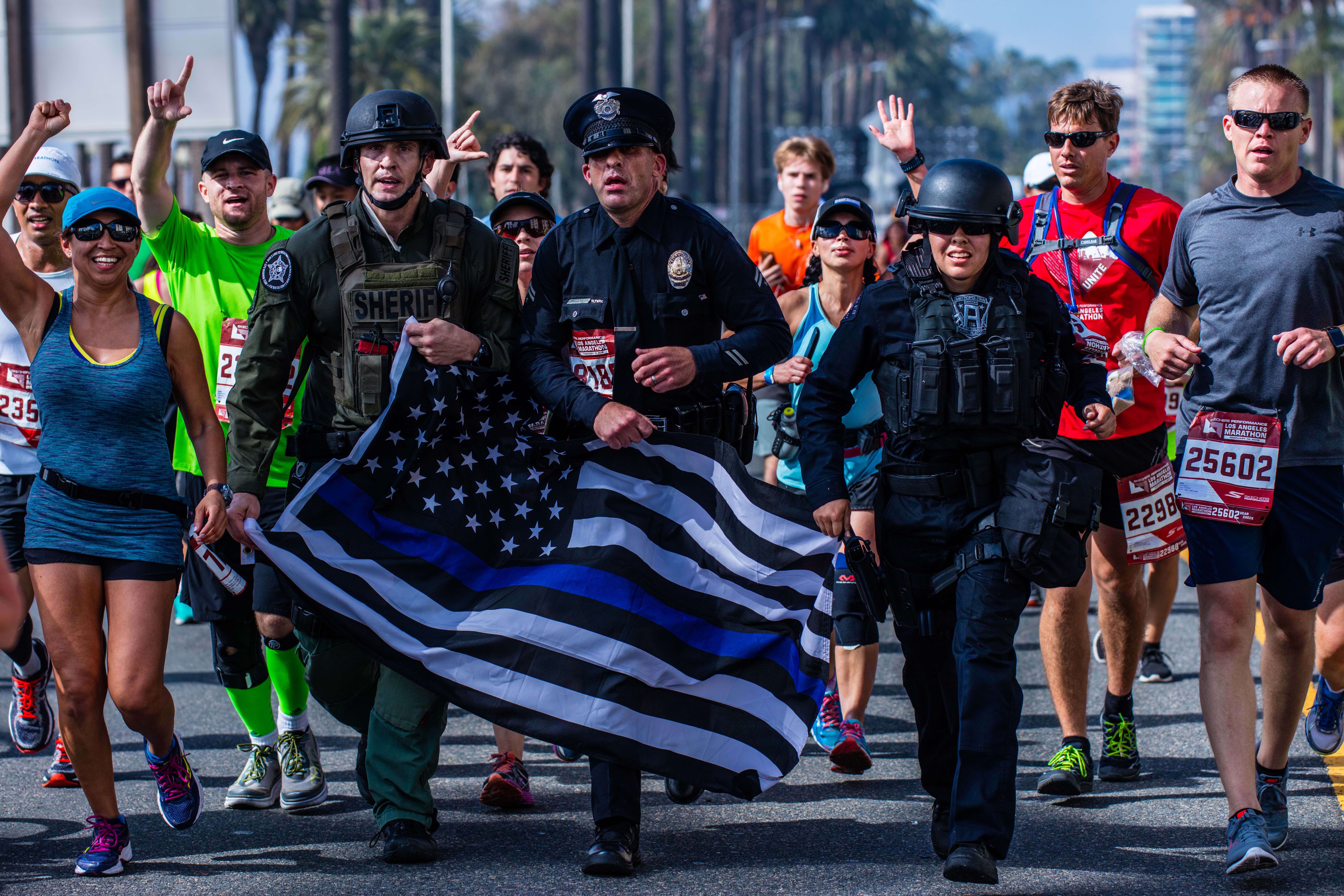A former Los Angeles police chief once observed, “Police work is not always pretty. But in my 36 years of law enforcement, I've learned not to make a judgment until I have all the facts.”
Chief Bratton’s comments echo our views regarding the recent highly publicized incident in Venice involving Ron Weekley, Jr. While Mr. Weekley claims excessive use of force, it is important to remember that partially recorded police action can easily misrepresent what actually occurred. That is why it is important to know all the facts in this case and not rush to judgment.
It is also important for everyone to understand that it is required by law to follow an officer’s lawful commands.
We already know that the partial videotape does not tell the whole story. If, as appears in this case, the recording begins toward the end of the incident, then crucial context which explains the necessity of the use of force is not captured. Legal issues in the case such as the critical issues of submission to lawful authority, tactical procedures consistent with LAPD training, and the perceptions of the people involved are not answered by the small snippet of videotape.
The law recognizes that some individuals will not comply with police officers and submit to arrest unless compelled to do so by the use of force; therefore, law enforcement officers are legally authorized to use force in the performance of their duties. The legal standard used to determine the lawfulness and appropriateness of a use of force is the Fourth Amendment to the U.S. Constitution and in the legal case Graham v. Connor, 490 U.S. 386 (1989). Graham states in part:
The reasonableness of a particular use of force must be judged from the perspective of a reasonable officer on the scene, rather than with the 20/20 vision of hindsight. The calculus of reasonableness must embody allowance for the fact that police officers are often forced to make split-second judgments – in circumstances that are tense, uncertain and rapidly evolving – about the amount of force that is necessary in a particular situation.
The U.S. Supreme Court made it clear that the test of reasonableness is not capable of precise definition or mechanical application. The force must be reasonable under the circumstances known to the officer at the time the force was used. This standard is consistent with LAPD use of force policy adopted by the Police Commission. Therefore, the LAPD examines all uses of force from an objective standard, rather than a subjective standard.
While it may be tempting for some to believe that we have “all the details” when we have “seen” the video, nothing could be further from the truth. We are confident that the LAPD’s Use of Force and Internal Affairs Divisions will do a thorough examination of the incident, as will the Office of the Inspector General, and not rush to a snap judgment on the basis of a short video recording of a portion of this encounter. We urge everyone to allow the exhaustive examination of the facts to take place before passing judgment. The officers and Mr. Weekley deserve this.











